Lodgepole Pine Wood
- September 8, 2023
- 0 comment

Lodgepole Pine, indigenous to the western regions of North America, has a reputation for its tall, straight growth pattern. This tree has not just played an ecological role in its native forests but has also been intertwined with human history. Native American tribes notably used it for creating the structural framework of tepees and lodges, a testament to its durability and straightness. Its wood presents a pleasant light hue, making it adaptable to a variety of aesthetic preferences.
Texture
Lodgepole Pine boasts a consistently fine to medium texture. This kind of texture is often a woodworker’s delight, as it typically implies easier workability. The grain’s straightness, coupled with its general absence of knots, allows for a smooth finish, which is often sought after in woodworking projects.

Bark
The tree’s bark is an ever-evolving tapestry. Initially thin and flaky, it undergoes a transformation, adopting a thicker, rougher consistency with age. Its colors dance between shades of yellowish-brown to more profound, dark browns, offering a visual clue to the tree’s age and health.
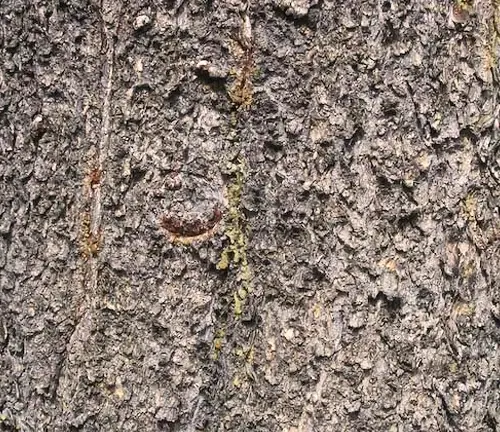
Furniture
In the realm of furniture, Lodgepole Pine shines due to its versatility. The wood’s light shade provides a neutral palette, which can easily blend with various interior design styles. Its strength and texture ensure that furniture pieces, whether it’s a cozy armchair or a spacious bookshelf, not only look good but also stand the test of time.

Weapon
The straight growth pattern of Lodgepole Pine makes it a potential candidate for traditional weaponry, like bows. However, while it offers linear integrity, other woods with greater tensile strength are typically favored for weapon crafting.
Firewood
As firewood, Lodgepole Pine provides a steady burn. It might not possess the highest calorific value, but its consistent burning properties make it a reliable choice for those cold camping nights or for a hearth in need of a quick, warm flame.

Construction
Lodgepole Pine’s reliability extends to construction. Its predictable strength parameters and straight growth make it a commendable choice for framing structures. Additionally, its light hue gives interiors a bright and airy feel when used for paneling or moldings.
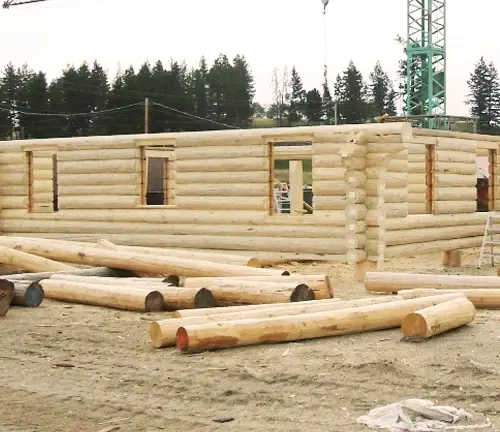
Plywood
In the plywood industry, consistency is key. Lodgepole Pine, with its uniform texture, is often a top choice. This ensures that the resultant plywood sheets are not only strong but also have a uniform appearance, making them desirable for various applications.
Board
Lodgepole Pine boards are a staple in carpentry. Their predictable nature, stemming from their even grain, makes them versatile, catering to diverse woodworking projects ranging from intricate carvings to robust shelving.

Railroad Cross Ties
While not the premier choice, Lodgepole Pine has seen use in railroad ties, especially when treated for increased durability. Its inherent resistance to certain pests can be an advantage in this regard.
Pallet
In industries where local resources are prioritized, Lodgepole Pine, due to its abundance in certain regions, becomes a feasible choice for creating pallets. Its straight growth ensures that the pallets are robust and reliable.
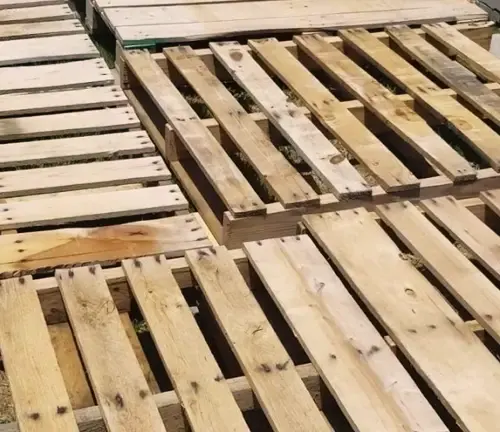
Fencing
For those eyeing a natural, light-colored fence, Lodgepole Pine stands out. However, like all woods exposed to the elements, it would benefit from treatments to prolong its lifespan and retain its aesthetic appeal.

Wood Decking
As a decking material, Lodgepole Pine brings forth a refreshing, consistent look. However, outdoor applications like decking demand regular maintenance and sealing to ensure the wood remains resilient against weathering.

Live Edge Siding
For a distinctive, rustic look on building exteriors, Lodgepole Pine’s live edge siding can be a unique choice. Its light color can lend brightness, contrasting beautifully with the raw, uncut edges.
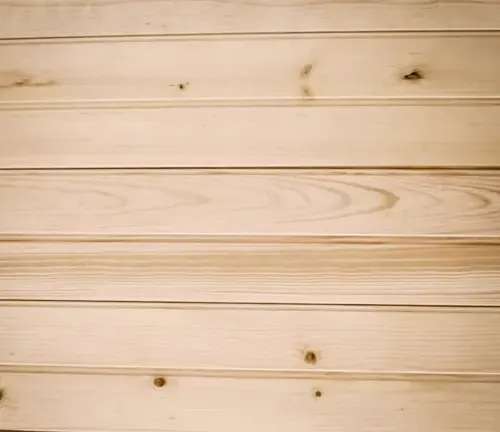
Beams
The straight trunks of Lodgepole Pine make them an ideal candidate for beams in construction. Whether employed for their structural integrity or their aesthetic charm, these beams are a testament to the wood’s versatility and strength.

Frequently Asked Questions
- Is Lodgepole Pinewood suitable for outdoor use?
While Lodgepole Pine can be used outdoors, it requires treatment to enhance its resistance to the elements and pests. Proper sealing and maintenance are essential to prolong its lifespan in outdoor settings. - How does Lodgepole Pinewood differ from other pine woods in appearance?
Lodgepole Pine is characterized by its fine to medium texture and light hue. It often has a more uniform grain and its bark transitions from flaky in youth to rougher and darker with age. - Does Lodgepole Pine wood warp easily?
Due to its straight growth and consistent grain, Lodgepole Pine is less prone to warping compared to some other woods. However, like all woods, it’s essential to store and dry it correctly to prevent such issues. - Is Lodgepole Pine wood resistant to pests?
Lodgepole Pine has some natural resistance to specific pests, but in areas with high pest activity, additional treatment might be necessary to protect the wood. - Why is Lodgepole Pine popular in plywood production?
The uniform texture and widespread availability of Lodgepole Pine make it an excellent candidate for plywood. Its consistent appearance and strength ensure high-quality sheets suitable for various applications. - How does Lodgepole Pine fare as firewood?
Lodgepole Pine offers a moderate heat output. While it doesn’t have the highest energy density, it burns consistently, making it suitable for campfires or occasional heating. - Can Lodgepole Pine wood be used for flooring?
Yes, Lodgepole Pine can be used for flooring, especially in settings where a light, consistent wooden appearance is desired. However, it’s essential to ensure the wood is adequately sealed and maintained to handle foot traffic. - What’s the significance of Lodgepole Pine in its native ecosystem?
Lodgepole Pine plays a vital role in its native forest ecosystems. In some regions, it’s a pioneer species, quickly colonizing areas after disturbances like forest fires, paving the way for other species to establish. - How does the presence of knots affect Lodgepole Pine wood’s quality?
Lodgepole Pine is generally free from many knots due to its straight growth. However, when present, knots can introduce aesthetic variations and might affect the wood’s workability in some applications.
Lodgepole Pinewood, with its illustrious history and versatility, stands tall among the many timbers that grace our world. Its journey, from supporting the shelters of indigenous peoples to being an essential component in modern construction and design, is a testament to its enduring qualities. Whether you’re drawn to its light, consistent appearance or its functional attributes, Lodgepole Pine is a wood that consistently delivers. As we wrap up our exploration, let’s remember that each grain and ring in this timber tells a story of nature’s grandeur and humanity’s innovative spirit. In a world teeming with choices, Lodgepole Pine remains a timeless classic.



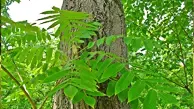

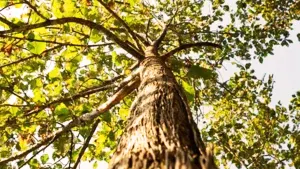
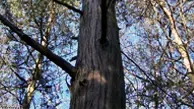
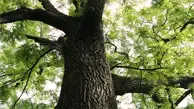




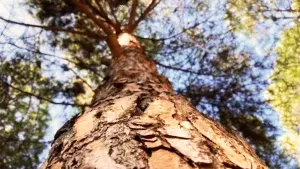
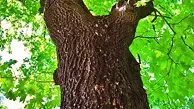
Leave your comment